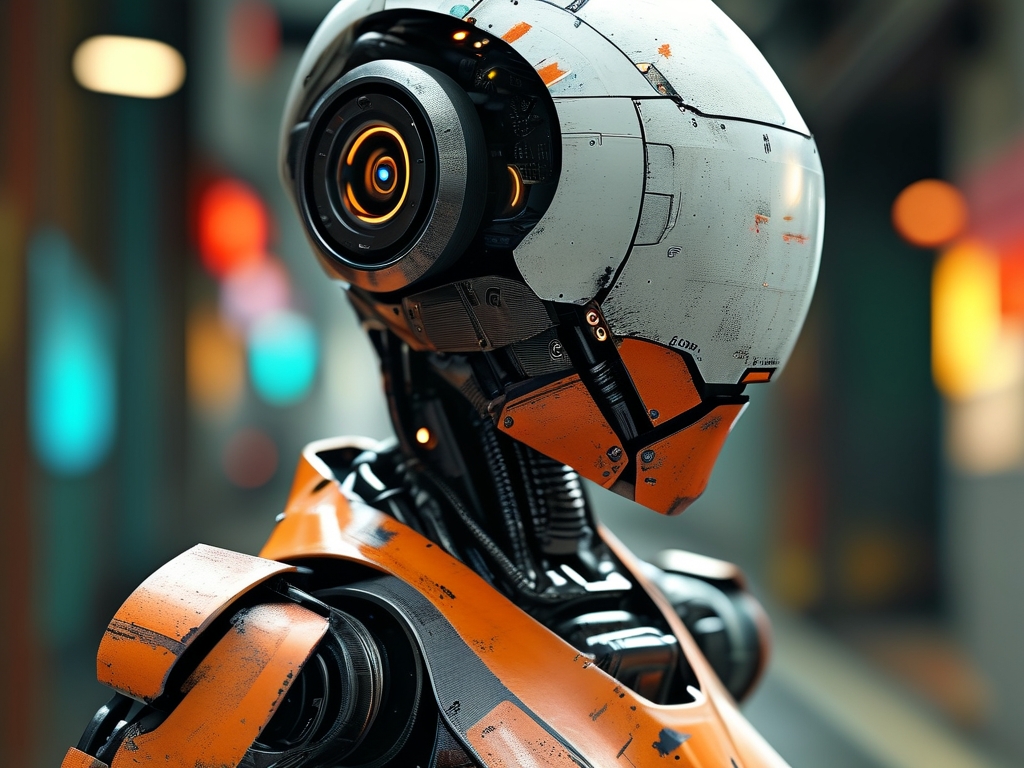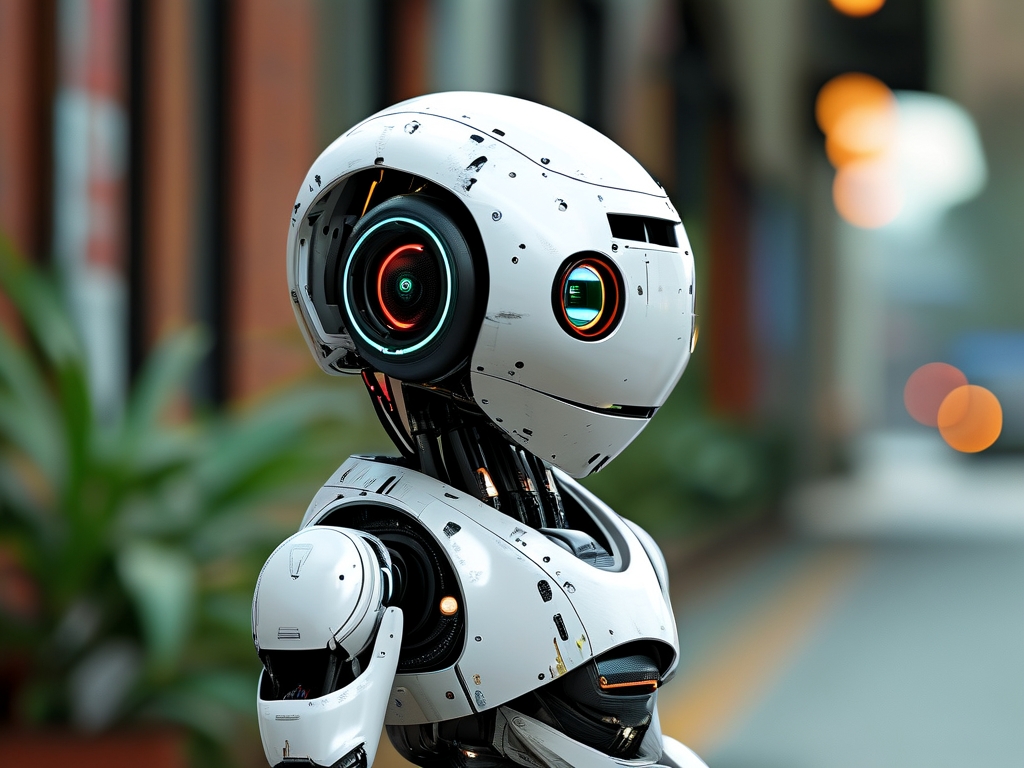In the 21st century, electronic robotics has emerged as a cornerstone of technological advancement, reshaping industries and redefining human capabilities. From manufacturing to healthcare, robotics applications have transcended traditional boundaries, offering unprecedented efficiency, precision, and innovation. This article explores the transformative role of electronic robotics across diverse sectors, highlighting its societal impact, challenges, and future potential.
1. Robotics in Manufacturing and Industrial Automation
The manufacturing sector has been revolutionized by electronic robotics. Industrial robots, equipped with advanced sensors and artificial intelligence (AI), now dominate assembly lines, performing tasks such as welding, painting, and packaging with unmatched speed and accuracy. Companies like Tesla and Toyota employ collaborative robots (cobots) that work alongside humans, enhancing productivity while reducing workplace injuries. According to the International Federation of Robotics, over 3 million industrial robots are operational globally, contributing to a 15–20% annual increase in production efficiency. These systems also enable mass customization, allowing factories to swiftly adapt to consumer demands without costly retooling.
2. Healthcare: Precision and Accessibility
Electronic robotics has become a lifeline in healthcare. Surgical robots, such as the da Vinci Surgical System, enable minimally invasive procedures with sub-millimeter precision, reducing recovery times and complications. Telepresence robots allow specialists to consult with patients in remote areas, bridging gaps in medical access. Rehabilitation robotics, like exoskeletons, assist individuals with mobility impairments in regaining independence. During the COVID-19 pandemic, robots were deployed for disinfection, medication delivery, and even patient monitoring, minimizing human exposure to the virus. These innovations underscore robotics' role in democratizing high-quality care.

3. Agriculture: Sustainable Solutions
Modern agriculture faces challenges like labor shortages and climate change, but robotics offers sustainable solutions. Autonomous tractors and drones monitor crop health, optimize irrigation, and apply pesticides with pinpoint accuracy, reducing waste by up to 30%. Robotic harvesters, such as those used in strawberry farming, identify ripe produce using computer vision, ensuring minimal damage. Vertical farming systems, powered by robotics, enable year-round crop cultivation in urban environments, addressing food security concerns. By integrating AI and IoT, these technologies promote resource efficiency and eco-friendly practices.
4. Service and Domestic Robotics
The service sector has embraced robotics to enhance customer experiences. Hotels like Hilton use robot concierges to deliver amenities, while restaurants employ robotic chefs and waitstaff to streamline operations. Domestic robots, such as Roomba vacuums and lawn-mowing bots, have become household staples, saving time for busy families. In retail, autonomous inventory robots scan shelves and manage stock, reducing operational costs. These applications highlight robotics' ability to blend seamlessly into daily life while addressing labor shortages in hospitality and retail.
5. Challenges and Ethical Considerations
Despite its benefits, electronic robotics raises ethical and practical concerns. Job displacement remains a critical issue, with the World Economic Forum estimating that automation could displace 85 million jobs by 2025. Ensuring equitable reskilling programs is essential to mitigate socioeconomic disparities. Privacy risks also loom large, as robots equipped with cameras and AI could be exploited for surveillance. Additionally, the high cost of advanced robotics limits accessibility for smaller enterprises and developing nations. Policymakers must establish frameworks to balance innovation with accountability.
6. The Future of Electronic Robotics
The future of robotics lies in convergence with emerging technologies. Swarm robotics, inspired by insect colonies, could enable collaborative problem-solving in disaster response or environmental monitoring. Soft robotics, using flexible materials, promises safer human-robot interaction in healthcare and elderly care. Advances in quantum computing may unlock real-time decision-making for autonomous vehicles and space exploration robots. As AI becomes more sophisticated, robots will evolve from task-specific tools to adaptive, learning-enabled partners.
Electronic robotics is not merely a technological trend but a paradigm shift in how humans interact with machines. Its applications span industries, driving efficiency, sustainability, and inclusivity. However, realizing its full potential requires addressing ethical dilemmas and ensuring equitable access. By fostering collaboration between engineers, policymakers, and communities, society can harness robotics to build a future where technology serves humanity's greatest needs.










